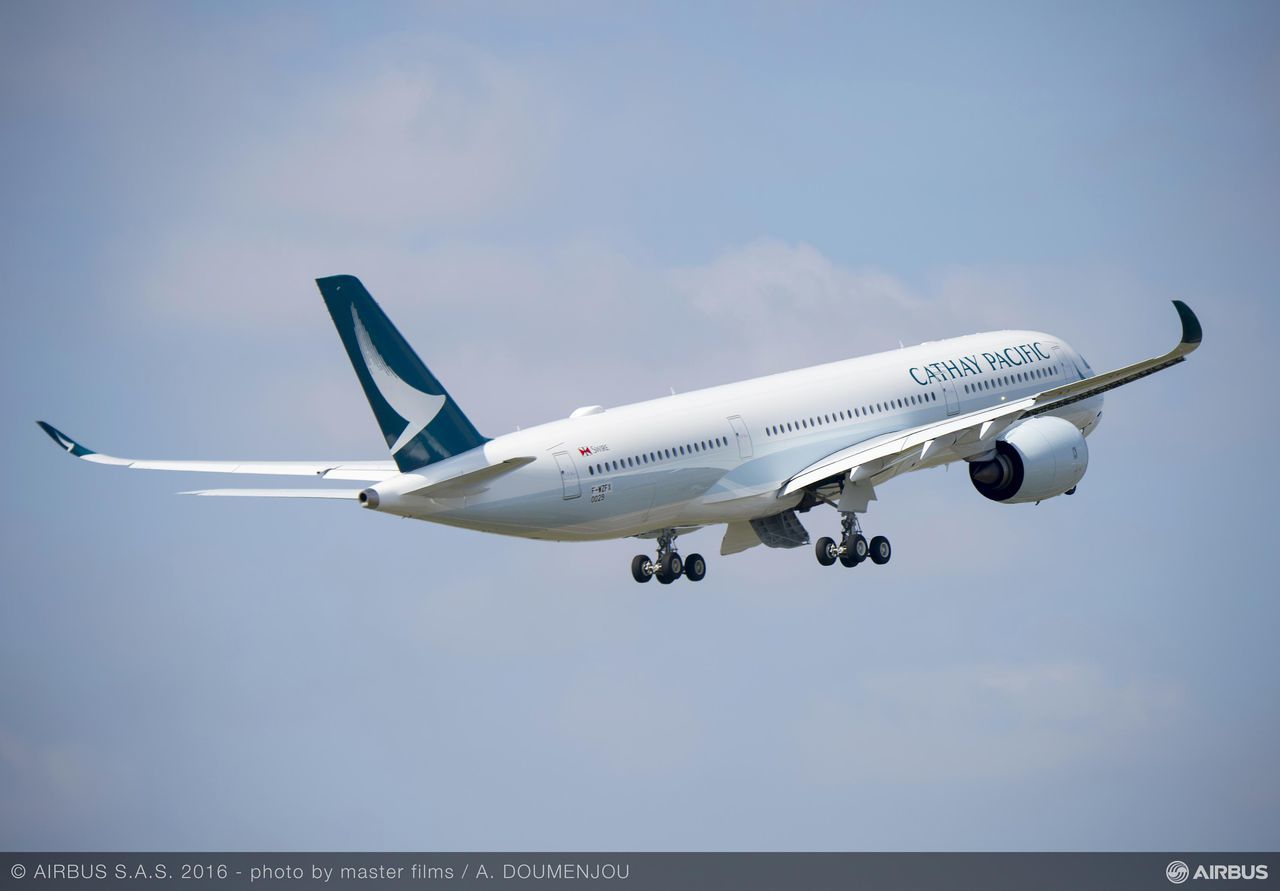IATA global passenger traffic data for April 2018 show that revenue passenger kilometers rose by 6.2% compared to April 2017. Asia-Pacific airlines (+8.5%) led the way.
The International Air Transport Association (IATA) announced global passenger traffic data for April 2018 showing that demand (revenue passenger kilometers or RPKs) rose 6.2% compared to April 2017, which was down from a 12-month high of 9.7% in March.
April capacity (available seat kilometers or ASKs) increased by 5.9%, and load factor climbed 0.2 percentage point to 82.3%, which was a record for April.
April international passenger demand rose 4.8% compared to April 2017. All regions recorded year-over-year traffic increases but all were behind the pace of growth reported in March. Total capacity climbed 4.9%, and load factor slipped 0.1 percentage point to 81.4%.
Asia-Pacific carriers led the way with an 8.5% traffic rise in April — the first time since December 2017 that Asia-Pacific airlines led in growth. Traffic continues to trend upwards at an annualised rate of 10%. Capacity rose 7.6% and load factor improved 0.6 percentage point to 81.0%.
Middle East carriers saw demand rise 4.1% in April. Capacity climbed 3.2% and load factor rose 0.7 percentage point to 77.2%.
European airlines’ April traffic increased 3.4% compared to the year-ago period. While this was down compared to the 9.8% year-over-year growth recorded in March, demand picked up in April in seasonally-adjusted terms. Capacity rose 4.0%. While load factor dipped 0.5 percentage point to 84.6%, it still was highest among the regions.
Demand for domestic travel climbed 8.5% in April compared to April 2017, propelled by double-digit annual growth in India and China, with India’s airlines recording double-digit annual growth (26.4%) for the 44th consecutive month. Capacity increased 7.6%, and load factor rose 0.7 percentage point to 84.0%. All markets reported demand increases.

